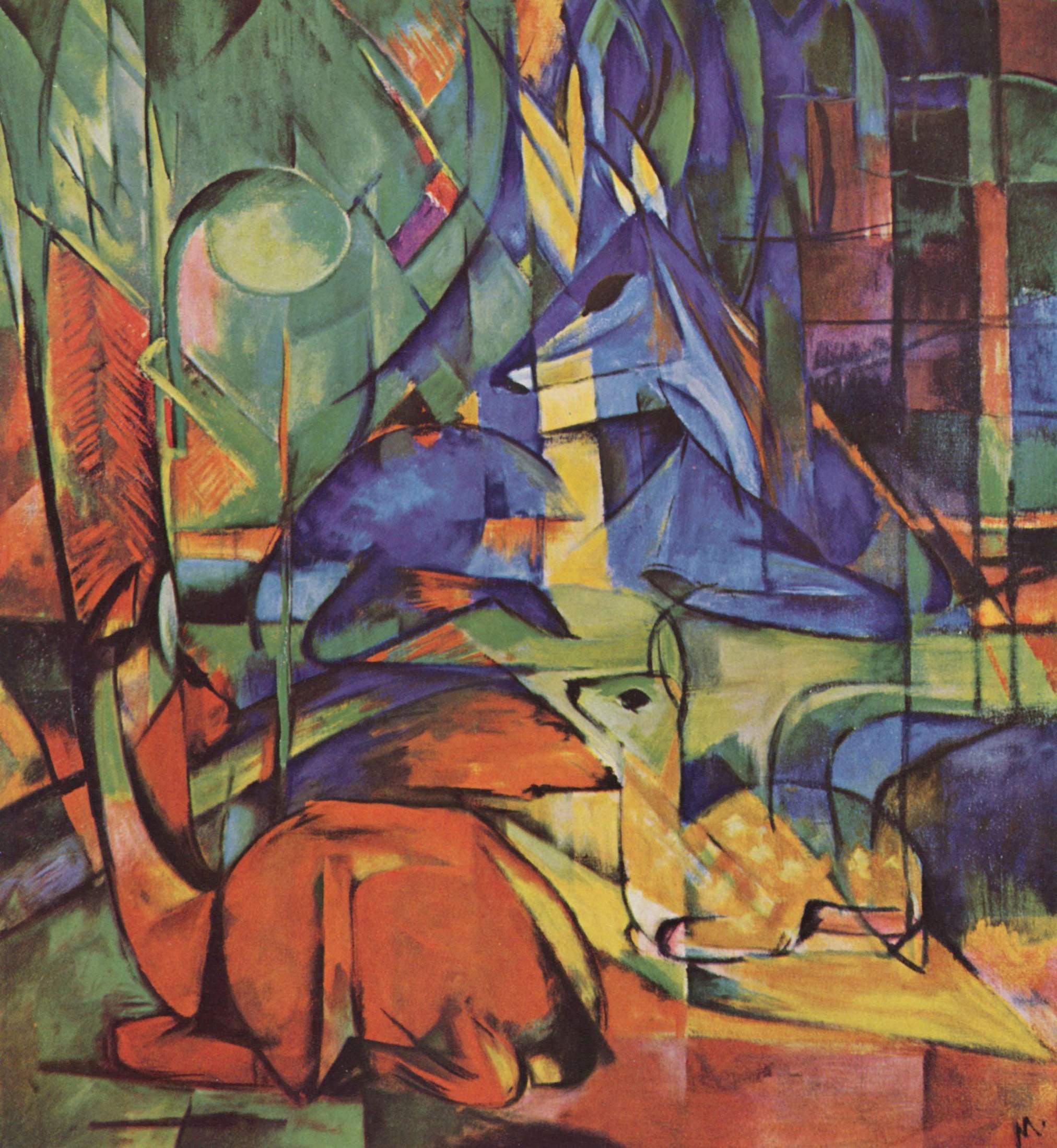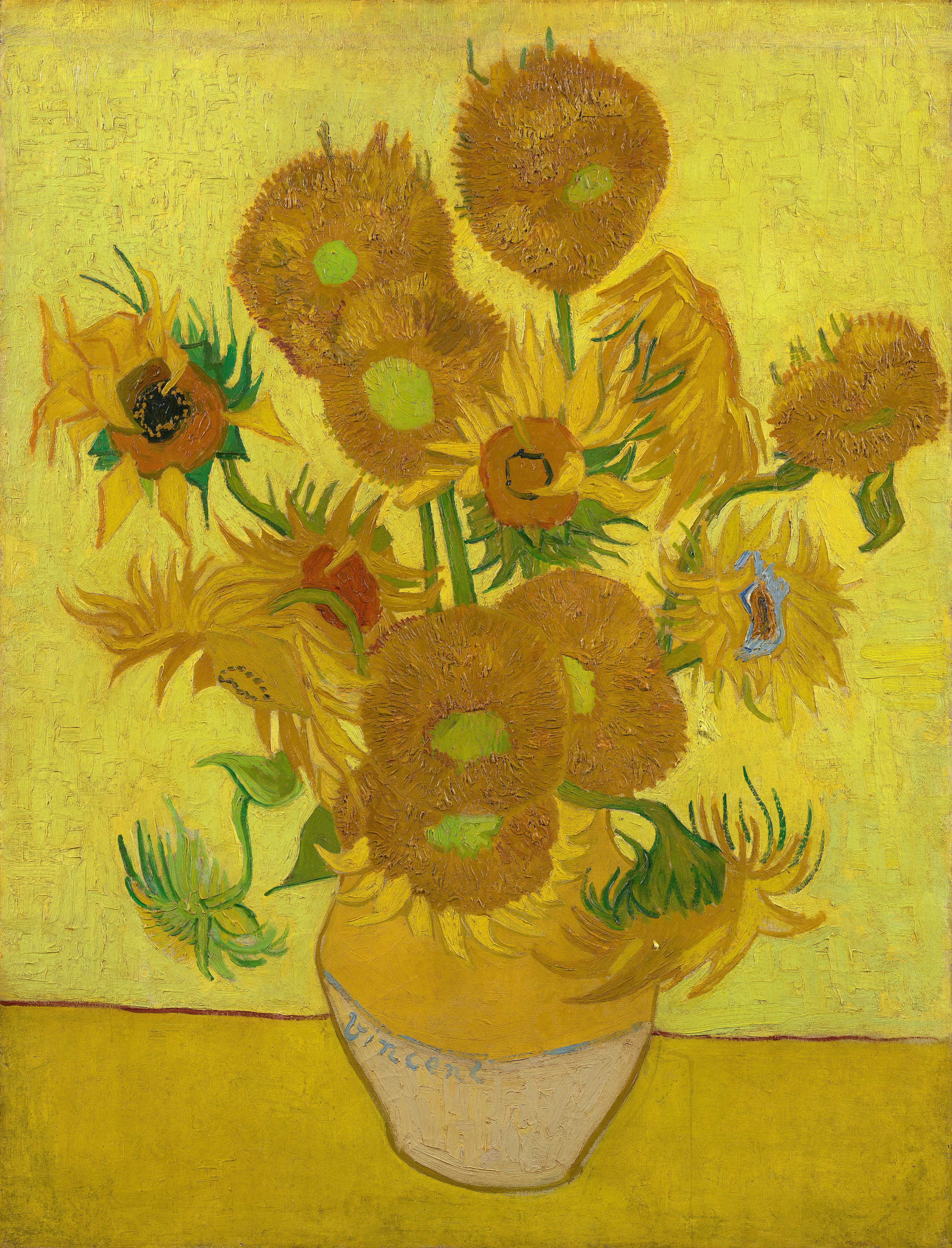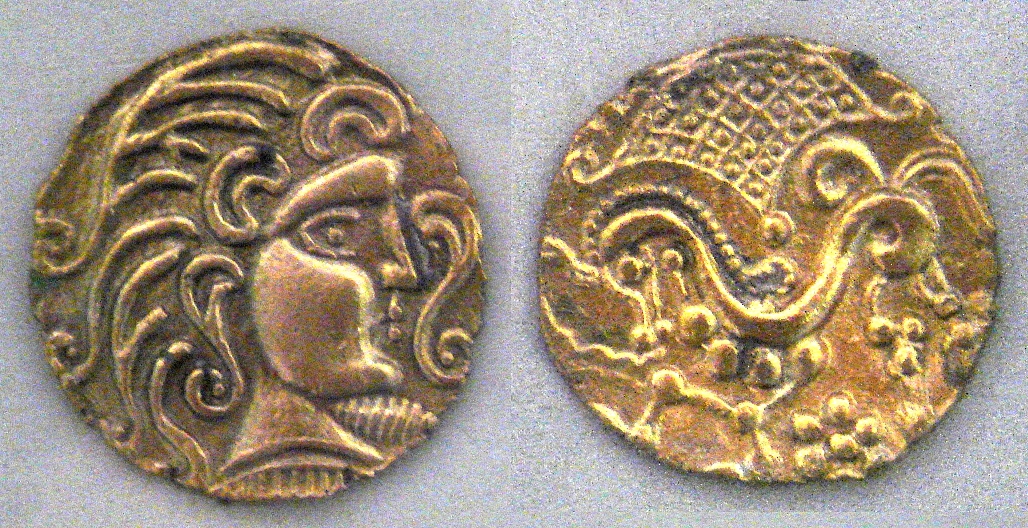|
Mordechai Levanon
Mordechai Levanon (1901 - 1968) was an Israeli painter. He was one of the foremost Israeli landscape painters. He was the winner of the Dizengoff prize in 1940 and 1961. He was enchanted by Erez Israel's light, and the cities of Safed and Jerusalem; all of which feature heavily in his paintings. Early life Levanon was born as Mordechai Weiss in a village near the city of Oradea in Transylvania, in the Austro-Hungarian Empire (now in Romania). He began studying painting with his older brother while in Romania, who was also a painter. In 1921 he immigrated to Israel and joined the Histadrut. He studied for a few months at Bezalel. Until 1925 he worked as an agricultural laborer in the "Labor Battalion" in the Galilee Hebrew settlements, and later as a construction worker. From 1925 to 1927, he studied in the studio of the Yitzhak Frenkel ( Frenel), and lived in the Mahloll neighborhood in Tel Aviv. After that he left his side jobs and devoted himself to painting. As the son of ... [...More Info...] [...Related Items...] OR: [Wikipedia] [Google] [Baidu] |
Expressionism
Expressionism is a modernist movement, initially in poetry and painting, originating in Northern Europe around the beginning of the 20th century. Its typical trait is to present the world solely from a subjective perspective, distorting it radically for emotional effect in order to evoke moods or ideas. Expressionist artists have sought to express the meaningVictorino Tejera, 1966, pages 85,140, Art and Human Intelligence, Vision Press Limited, London of emotional experience rather than physical reality. Expressionism developed as an avant-garde style before the First World War. It remained popular during the Weimar Republic,Bruce Thompson, University of California, Santa Cruzlecture on Weimar culture/Kafka'a Prague particularly in Berlin. The style extended to a wide range of the arts, including expressionist architecture, painting, literature, theatre, dance, film and music. The term is sometimes suggestive of angst. In a historical sense, much older painters such as ... [...More Info...] [...Related Items...] OR: [Wikipedia] [Google] [Baidu] |
Holy Land
The Holy Land; Arabic: or is an area roughly located between the Mediterranean Sea and the Eastern Bank of the Jordan River, traditionally synonymous both with the biblical Land of Israel and with the region of Palestine. The term "Holy Land" usually refers to a territory roughly corresponding to the modern State of Israel and the modern State of Palestine. Jews, Christians, and Muslims regard it as holy. Part of the significance of the land stems from the religious significance of Jerusalem (the holiest city to Judaism, and the location of the First and Second Temples), as the historical region of Jesus' ministry, and as the site of the first Qibla of Islam, as well as the site of the Isra and Mi'raj event of 621 CE in Islam. The holiness of the land as a destination of Christian pilgrimage contributed to launching the Crusades, as European Christians sought to win back the Holy Land from Muslims, who had conquered it from the Christian Eastern Roman Empir ... [...More Info...] [...Related Items...] OR: [Wikipedia] [Google] [Baidu] |
Haifa
Haifa ( he, חֵיפָה ' ; ar, حَيْفَا ') is the third-largest city in Israel—after Jerusalem and Tel Aviv—with a population of in . The city of Haifa forms part of the Haifa metropolitan area, the third-most populous metropolitan area in Israel. It is home to the Baháʼí Faith's Baháʼí World Centre, and is a UNESCO World Heritage Site and a destination for Baháʼí pilgrimage. Built on the slopes of Mount Carmel, the settlement has a history spanning more than 3,000 years. The earliest known settlement in the vicinity was Tell Abu Hawam, a small port city established in the Late Bronze Age (14th century BCE). Encyclopedia Judaica, ''Haifa'', Keter Publishing, Jerusalem, 1972, vol. 7, pp. 1134–1139 In the 3rd century CE, Haifa was known as a dye-making center. Over the millennia, the Haifa area has changed hands: being conquered and ruled by the Canaanites, Israelites, Phoenicians, Assyrians, Babylonians, Persians, Hasmoneans, Romans, Byzant ... [...More Info...] [...Related Items...] OR: [Wikipedia] [Google] [Baidu] |
Habima Theatre
The Habima Theatre ( he, תיאטרון הבימה ''Te'atron HaBima'', lit. "The Stage Theatre") is the national theatre of Israel and one of the first Hebrew language theatres. It is located in Habima Square in the center of Tel Aviv. History Habima was founded by in Białystok (then in Grodno Governorate, Russian Empire) in 1912. Menahem Gnessin was one of its cofounders and early actors. Because its performances were in Hebrew, invoked the Jewish folk tradition, and dealt with issues of the Jewish people, soon it was banned by Russian authorities, and the theatre troupe was forced to become a travelling one. Beginning in 1918, the theatre operated under the auspices of the Moscow Art Theatre, which some consider its actual beginning. It encountered difficulties under the Soviet government as well, after the Russian Revolution. Konstantin Stanislavsky arranged for the mainly Jewish Polish actors to be trained by Yevgeny Vakhtangov. The People's Commissar for Nation ... [...More Info...] [...Related Items...] OR: [Wikipedia] [Google] [Baidu] |
Katz Gallery
Katz or KATZ may refer to: Fiction * Katz Kobayashi, a character in Japanese anime * "Katz", a 1947 Nelson Algren story in ''The Neon Wilderness'' * Katz, a character in ''Courage the Cowardly Dog'' Other uses *Katz (surname) *Katz, British Columbia, an uninhabited official placename in Canada **Katz railway station, a Canadian Pacific Railway flag stop * KATZ (AM), a radio station (1600 AM) licensed to St. Louis, Missouri, United States * KATZ-FM, a radio station (100.3 FM) licensed to Bridgeton, Missouri *22981 Katz (1999 VN30), a main-belt asteroid *Katz Editores, an independent Argentine scholarly publisher *Katz syndrome, a rare congenital disorder *Katz Castle, St. Goarshausen, Rhineland-Palatinate, Germany *Katz Group of Companies, a Canadian retail pharmacy network * Joseph M. Katz School of Business, a Graduate School at the University of Pittsburgh in Pennsylvania See also * *Cats (other) *Kats (other) Kats or KATS may refer to: * KATS, a radio stat ... [...More Info...] [...Related Items...] OR: [Wikipedia] [Google] [Baidu] |
Kabbalah
Kabbalah ( he, קַבָּלָה ''Qabbālā'', literally "reception, tradition") is an esoteric method, discipline and school of thought in Jewish mysticism. A traditional Kabbalist is called a Mekubbal ( ''Məqūbbāl'' "receiver"). The definition of Kabbalah varies according to the tradition and aims of those following it, from its origin in medieval Judaism to its later adaptations in Western esotericism ( Christian Kabbalah and Hermetic Qabalah). Jewish Kabbalah is a set of esoteric teachings meant to explain the relationship between the unchanging, eternal God—the mysterious '' Ein Sof'' (, ''"The Infinite"'')—and the mortal, finite universe (God's creation). It forms the foundation of mystical religious interpretations within Judaism. Jewish Kabbalists originally developed their own transmission of sacred texts within the realm of Jewish tradition and often use classical Jewish scriptures to explain and demonstrate its mystical teachings. These teachings are h ... [...More Info...] [...Related Items...] OR: [Wikipedia] [Google] [Baidu] |
Vincent Van Gogh
Vincent Willem van Gogh (; 30 March 185329 July 1890) was a Dutch Post-Impressionist painter who posthumously became one of the most famous and influential figures in Western art history. In a decade, he created about 2,100 artworks, including around 860 oil paintings, most of which date from the last two years of his life. They include landscapes, still lifes, portraits and self-portraits, and are characterised by bold colours and dramatic, impulsive and expressive brushwork that contributed to the foundations of modern art. Not commercially successful, he struggled with severe depression and poverty, eventually leading to his suicide at age thirty-seven. Born into an upper-middle class family, Van Gogh drew as a child and was serious, quiet, and thoughtful. As a young man, he worked as an art dealer, often traveling, but became depressed after he was transferred to London. He turned to religion and spent time as a Protestant missionary in southern Belgium. He drif ... [...More Info...] [...Related Items...] OR: [Wikipedia] [Google] [Baidu] |
School Of Paris
The School of Paris (french: École de Paris) refers to the French and émigré artists who worked in Paris in the first half of the 20th century. The School of Paris was not a single art movement or institution, but refers to the importance of Paris as a center of Western art in the early decades of the 20th century. Between 1900 and 1940 the city drew artists from all over the world and became a centre for artistic activity. ''School of Paris'' was used to describe this loose community, particularly of non-French artists, centered in the cafes, salons and shared workspaces and galleries of Montparnasse. Before World War I the name was also applied to artists involved in the many collaborations and overlapping new art movements, between post-Impressionists and pointillism and Orphism, Fauvism and Cubism. In that period the artistic ferment took place in Montmartre and the well-established art scene there. But Picasso moved away, the war scattered almost everyone, by the 192 ... [...More Info...] [...Related Items...] OR: [Wikipedia] [Google] [Baidu] |
Michel Kikoine
Michel Kikoïne ( be, Міхаіл Кікоін; russian: Михаил Кико́ин, ''Michail Kikóin''; 31 May 1892 – 4 November 1968) was a Lithuanian Jewish-French painter. Life Kikoine was born in Rechytsa, present-day Belarus. The son of a Jewish banker in the small southeastern town of Gomel, he was barely into his teens when he began studying at "Kruger's School of Drawing" in Minsk. There he met Chaïm Soutine, with whom he had a lifelong friendship. At age 16, he and Soutine were studying at the Vilnius Academy of Art and in 1911 he moved to join the growing artistic community gathering in the Montparnasse Quarter of Paris, France. This artistic community included his friend Soutine as well as fellow Belarus painter, Pinchus Kremegne who also had studied at the Fine Arts School in Vilnia. For a time, the young artist lived at La Ruche while studying at the École nationale supérieure des Beaux-Arts. In 1914, he married a young lady from Vilnia with whom he ... [...More Info...] [...Related Items...] OR: [Wikipedia] [Google] [Baidu] |
Chaïm Soutine
Chaïm Soutine (13 January 1893 – 9 August 1943) was a Belarusian painter who made a major contribution to the expressionist movement while living and working in Paris. Inspired by classic painting in the European tradition, exemplified by the works of Rembrandt, Chardin and Courbet, Soutine developed an individual style more concerned with shape, color, and texture than representation, which served as a bridge between more traditional approaches and the developing form of Abstract Expressionism. Early life Soutine was born Chaim-Iche Solomonovich Sutin, in Smilavičy (Yiddish: סמילאָוויץ, romanized: Smilovitz) in the Minsk Governorate of the Russian Empire (present-day Belarus). He was Jewish and the tenth of eleven children born to parents Zalman (also reported as Solomon and Salomon) Moiseevich Sutin (1858–1932) and Sarah Sutina (née Khlamovna) (died in 1938). From 1910 to 1913 he studied in Vilnius at a small art academy. In 1913, with his friends Pinchus Kr ... [...More Info...] [...Related Items...] OR: [Wikipedia] [Google] [Baidu] |
Paris
Paris () is the capital and most populous city of France, with an estimated population of 2,165,423 residents in 2019 in an area of more than 105 km² (41 sq mi), making it the 30th most densely populated city in the world in 2020. Since the 17th century, Paris has been one of the world's major centres of finance, diplomacy, commerce, fashion, gastronomy, and science. For its leading role in the arts and sciences, as well as its very early system of street lighting, in the 19th century it became known as "the City of Light". Like London, prior to the Second World War, it was also sometimes called the capital of the world. The City of Paris is the centre of the Île-de-France region, or Paris Region, with an estimated population of 12,262,544 in 2019, or about 19% of the population of France, making the region France's primate city. The Paris Region had a GDP of €739 billion ($743 billion) in 2019, which is the highest in Europe. According to the Economis ... [...More Info...] [...Related Items...] OR: [Wikipedia] [Google] [Baidu] |
France
France (), officially the French Republic ( ), is a country primarily located in Western Europe. It also comprises of overseas regions and territories in the Americas and the Atlantic, Pacific and Indian Oceans. Its metropolitan area extends from the Rhine to the Atlantic Ocean and from the Mediterranean Sea to the English Channel and the North Sea; overseas territories include French Guiana in South America, Saint Pierre and Miquelon in the North Atlantic, the French West Indies, and many islands in Oceania and the Indian Ocean. Due to its several coastal territories, France has the largest exclusive economic zone in the world. France borders Belgium, Luxembourg, Germany, Switzerland, Monaco, Italy, Andorra, and Spain in continental Europe, as well as the Netherlands, Suriname, and Brazil in the Americas via its overseas territories in French Guiana and Saint Martin. Its eighteen integral regions (five of which are overseas) span a combined area of ... [...More Info...] [...Related Items...] OR: [Wikipedia] [Google] [Baidu] |







